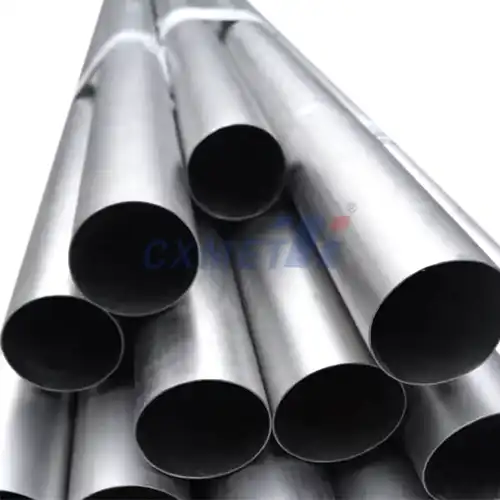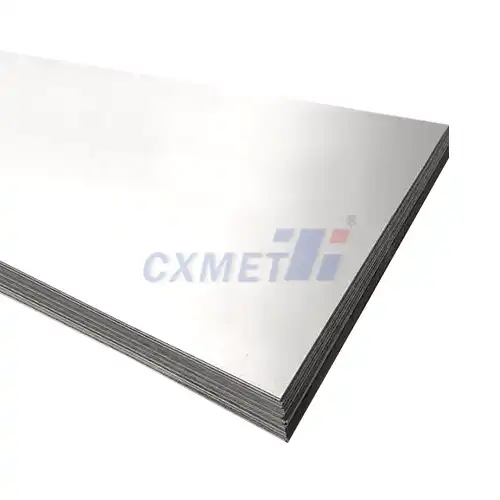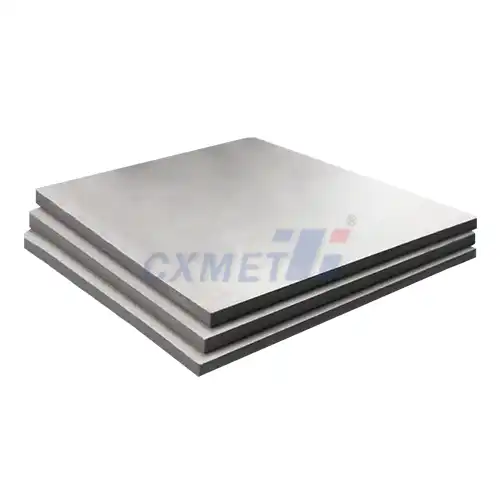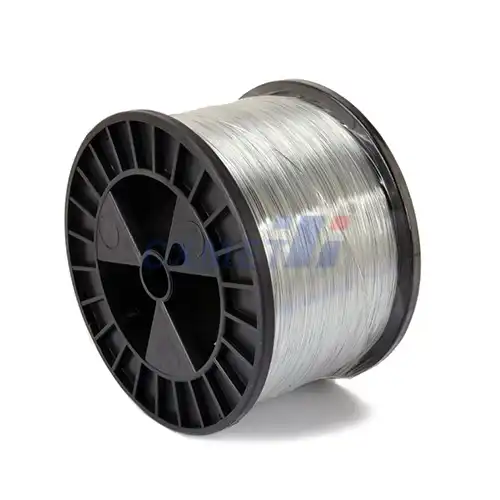- English
- French
- German
- Portuguese
- Spanish
- Russian
- Japanese
- Korean
- Arabic
- Greek
- German
- Turkish
- Italian
- Danish
- Romanian
- Indonesian
- Czech
- Afrikaans
- Swedish
- Polish
- Basque
- Catalan
- Esperanto
- Hindi
- Lao
- Albanian
- Amharic
- Armenian
- Azerbaijani
- Belarusian
- Bengali
- Bosnian
- Bulgarian
- Cebuano
- Chichewa
- Corsican
- Croatian
- Dutch
- Estonian
- Filipino
- Finnish
- Frisian
- Galician
- Georgian
- Gujarati
- Haitian
- Hausa
- Hawaiian
- Hebrew
- Hmong
- Hungarian
- Icelandic
- Igbo
- Javanese
- Kannada
- Kazakh
- Khmer
- Kurdish
- Kyrgyz
- Latin
- Latvian
- Lithuanian
- Luxembou..
- Macedonian
- Malagasy
- Malay
- Malayalam
- Maltese
- Maori
- Marathi
- Mongolian
- Burmese
- Nepali
- Norwegian
- Pashto
- Persian
- Punjabi
- Serbian
- Sesotho
- Sinhala
- Slovak
- Slovenian
- Somali
- Samoan
- Scots Gaelic
- Shona
- Sindhi
- Sundanese
- Swahili
- Tajik
- Tamil
- Telugu
- Thai
- Ukrainian
- Urdu
- Uzbek
- Vietnamese
- Welsh
- Xhosa
- Yiddish
- Yoruba
- Zulu
What are the Applications of GR1 Titanium Seamless Tubes?
2024-08-08 17:28:12
Titanium Grade 1 (GR1) seamless tubes are highly sought-after components in various industries due to their exceptional properties. These tubes offer an excellent combination of strength, lightweight construction, and corrosion resistance, making them ideal for numerous applications across different sectors. GR1 titanium is known for its high purity, which contributes to its superior corrosion resistance and formability. As we delve into the applications of these remarkable tubes, we'll explore their unique characteristics and the diverse industries that benefit from their use.
What are the main advantages of using GR1 titanium seamless tubes?
GR1 titanium seamless tubes offer a range of advantages that make them a preferred choice in many applications. One of the primary benefits is their exceptional corrosion resistance. These tubes can withstand harsh environments, including exposure to saltwater, acids, and other corrosive substances, making them ideal for use in marine and chemical processing industries.
The high strength-to-weight ratio of GR1 titanium is another significant advantage. Despite being incredibly strong, these tubes are much lighter than their steel counterparts, allowing for weight reduction in various applications. This property is particularly valuable in aerospace and automotive industries, where reducing overall weight can lead to improved fuel efficiency and performance.
Furthermore, GR1 titanium seamless tubes exhibit excellent biocompatibility. This characteristic makes them highly suitable for medical applications, such as implants and surgical instruments. The human body readily accepts titanium, reducing the risk of rejection or adverse reactions.
The thermal properties of GR1 titanium are also noteworthy. These tubes have a low coefficient of thermal expansion, which means they maintain their shape and integrity even under extreme temperature fluctuations. This property is crucial in applications where dimensional stability is essential, such as in heat exchangers or aerospace components.
Additionally, GR1 titanium seamless tubes offer superior formability and weldability. They can be easily shaped and joined without compromising their structural integrity, allowing for greater design flexibility and ease of fabrication in various manufacturing processes.
The combination of these advantages makes GR1 titanium seamless tubes an excellent choice for applications requiring high performance, durability, and resistance to challenging environments. From aerospace and marine industries to medical and chemical processing sectors, these tubes continue to prove their worth in diverse applications.
How are GR1 titanium seamless tubes manufactured?
The manufacturing process of GR1 titanium seamless tubes is a complex and highly controlled procedure that ensures the production of high-quality, defect-free tubes. The process typically involves several stages, each crucial in achieving the desired properties and specifications of the final product.
The first step in manufacturing GR1 titanium seamless tubes is the preparation of the raw material. High-purity titanium ingots or billets are carefully selected and inspected to ensure they meet the required chemical composition for Grade 1 titanium. These ingots are then preheated to a specific temperature range, typically between 800°C and 1000°C, to improve their formability and reduce the force required for extrusion.
Once preheated, the titanium billets undergo a process called hot extrusion. In this step, the heated billet is forced through a die with a specific shape and size, creating a hollow tube. The extrusion process is carefully controlled to ensure uniform wall thickness and consistent material properties throughout the length of the tube.
After extrusion, the tubes undergo a series of cold working processes to achieve the desired dimensions and mechanical properties. Cold pilger rolling is a common technique used in this stage. During cold pilger rolling, the tube is repeatedly compressed and elongated between grooved rolls, gradually reducing its diameter and wall thickness while increasing its length. This process not only helps in achieving the required dimensions but also improves the strength and surface finish of the tube.
Following cold working, the tubes are subjected to heat treatment processes. Annealing is a crucial step that helps relieve internal stresses created during the cold working stage and restores the material's ductility. The annealing process involves heating the tubes to a specific temperature, typically around 700°C for GR1 titanium, and then cooling them in a controlled manner.
Quality control is an integral part of the manufacturing process. Throughout production, various inspections and tests are conducted to ensure the tubes meet the required specifications. These may include dimensional checks, non-destructive testing methods like ultrasonic testing or eddy current testing to detect any internal defects, and mechanical testing to verify the material's properties.
The final stages of manufacturing involve surface treatment and finishing. Depending on the specific application requirements, the tubes may undergo processes such as pickling to remove surface oxides, polishing to achieve a smooth finish, or coating for additional protection.
The manufacturing of GR1 titanium seamless tubes requires specialized equipment, strict process control, and skilled operators. The complex production process ensures that the resulting tubes possess the exceptional properties that make them valuable in various industries, from aerospace and marine applications to chemical processing and medical implants.
What industries benefit most from using GR1 titanium seamless tubes?
GR1 titanium seamless tubes find applications across a wide range of industries, each benefiting from the unique properties of this material. Let's explore some of the key sectors where these tubes are most valuable:
Aerospace Industry: The aerospace sector is one of the primary beneficiaries of GR1 titanium seamless tubes. In aircraft construction, these tubes are used in hydraulic and pneumatic systems, fuel lines, and structural components. Their high strength-to-weight ratio allows for significant weight reduction without compromising structural integrity, leading to improved fuel efficiency and performance. Additionally, their resistance to corrosion and fatigue makes them ideal for components subjected to extreme conditions during flight.
Marine Industry: In marine applications, GR1 titanium seamless tubes are prized for their exceptional corrosion resistance, particularly in saltwater environments. They are used in heat exchangers, desalination plants, and offshore oil and gas platforms. The tubes' ability to withstand harsh marine conditions while maintaining their structural properties makes them a superior choice over traditional materials like steel or copper alloys.
Chemical Processing Industry: The chemical processing sector heavily relies on GR1 titanium seamless tubes due to their excellent resistance to a wide range of corrosive substances. These tubes are used in chemical reactors, heat exchangers, and piping systems that handle aggressive chemicals. Their ability to maintain integrity in harsh chemical environments ensures longer equipment lifespan and reduced maintenance costs.
Medical and Biomedical Industry: The biocompatibility of GR1 titanium makes these seamless tubes highly valuable in medical applications. They are used in the production of surgical instruments, implants, and prosthetics. The material's ability to integrate with human tissue without causing adverse reactions has revolutionized many medical procedures and improved patient outcomes.
Energy Sector: In the energy industry, GR1 titanium seamless tubes find applications in power generation plants, particularly in heat exchangers and condensers. Their excellent heat transfer properties, coupled with corrosion resistance, make them ideal for use in both conventional and renewable energy systems.
Automotive Industry: While not as widespread as in aerospace, the automotive sector is increasingly utilizing GR1 titanium seamless tubes in high-performance vehicles. They are used in exhaust systems, suspension components, and in some cases, for structural reinforcement. The weight reduction achieved by using titanium contributes to improved fuel efficiency and performance.
Sports and Leisure Industry: GR1 titanium seamless tubes are also popular in the production of high-end sports equipment. They are used in the manufacturing of bicycle frames, golf club shafts, and other sporting goods where lightweight and high strength are crucial.
Food Processing Industry: The food-grade properties of GR1 titanium make these tubes suitable for use in food processing equipment. They are used in heat exchangers, piping systems, and other components where maintaining purity and preventing contamination are essential.
In conclusion, the applications of GR1 titanium seamless tubes span a diverse range of industries, each leveraging the material's unique properties to address specific challenges and improve performance. From the depths of the ocean to the heights of aerospace, these tubes continue to play a crucial role in advancing technology and enhancing industrial processes.
At SHAANXI CXMET TECHNOLOGY CO., LTD, we take pride in our extensive product range, which caters to diverse customer needs. Our company is equipped with outstanding production and processing capabilities, ensuring the high quality and precision of our products. We are committed to innovation and continuously strive to develop new products, keeping us at the forefront of our industry. With leading technological development capabilities, we are able to adapt and evolve in a rapidly changing market. Furthermore, we offer customized solutions to meet the specific requirements of our clients. If you are interested in our products or wish to learn more about the intricate details of our offerings, please do not hesitate to contact us at sales@cxmet.com. Our team is always ready to assist you.
References:
1. ASTM International. (2021). Standard Specification for Titanium and Titanium Alloy Seamless Pipe. ASTM B861-21.
2. Lutjering, G., & Williams, J. C. (2007). Titanium (2nd ed.). Springer-Verlag Berlin Heidelberg.
3. Peters, M., Hemptenmacher, J., Kumpfert, J., & Leyens, C. (2003). Structure and Properties of Titanium and Titanium Alloys. In Titanium and Titanium Alloys: Fundamentals and Applications (pp. 1-36). Wiley-VCH.
4. Boyer, R., Welsch, G., & Collings, E. W. (1994). Materials Properties Handbook: Titanium Alloys. ASM International.
5. Donachie, M. J. (2000). Titanium: A Technical Guide (2nd ed.). ASM International.
6. Froes, F. H. (2015). Titanium: Physical Metallurgy, Processing, and Applications. ASM International.
7. Banerjee, D., & Williams, J. C. (2013). Perspectives on Titanium Science and Technology. Acta Materialia, 61(3), 844-879.
8. Leyens, C., & Peters, M. (Eds.). (2003). Titanium and Titanium Alloys: Fundamentals and Applications. John Wiley & Sons.
9. Polmear, I., StJohn, D., Nie, J. F., & Qian, M. (2017). Light Alloys: Metallurgy of the Light Metals (5th ed.). Butterworth-Heinemann.
10. Yang, L., & Zhang, D. (2018). Titanium and Titanium Alloys for Biomedical Applications. In Encyclopedia of Biomedical Engineering (pp. 66-77). Elsevier.





